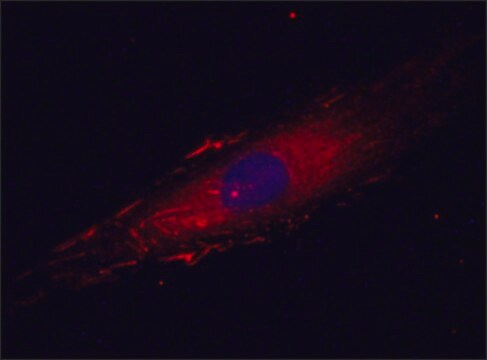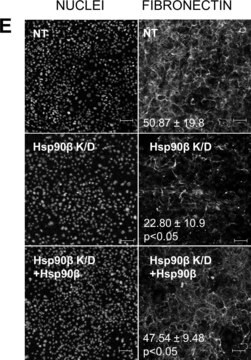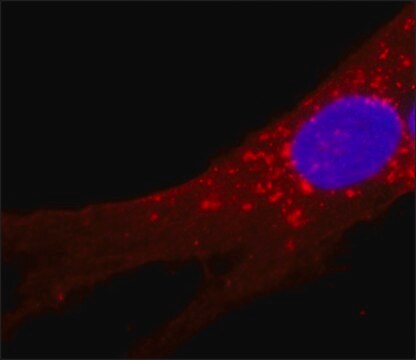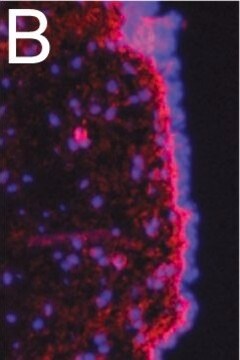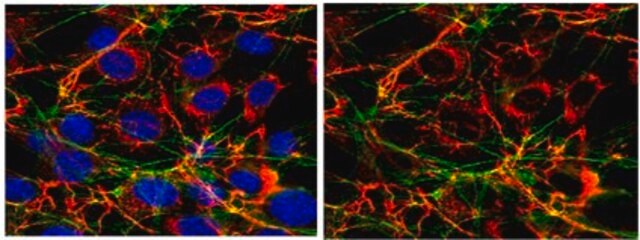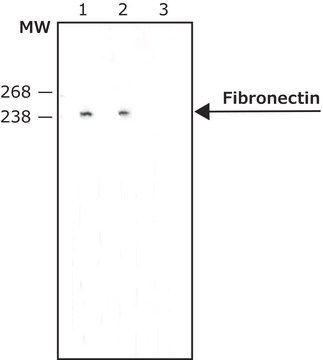SAB4200845
Anti-Fibronectin antibody, Mouse monoclonal
clone IST-3, purified from hybridoma cell culture
Synonym(s):
Mouse Anti-FN
About This Item
Recommended Products
antibody form
purified from hybridoma cell culture
Quality Level
clone
IST-3
form
liquid
species reactivity
sheep, chicken, human, bovine, goat, dog, rabbit
concentration
~1 mg/mL
technique(s)
immunofluorescence: 2.5-5 μg/mL using human foreskin fibroblast Hs68 cells
isotype
IgG1
UniProt accession no.
shipped in
dry ice
storage temp.
−20°C
target post-translational modification
unmodified
General description
Specificity
Application
Biochem/physiol Actions
Physical form
Storage and Stability
Disclaimer
Storage Class Code
12 - Non Combustible Liquids
WGK
nwg
Flash Point(F)
Not applicable
Flash Point(C)
Not applicable
Regulatory Listings
Regulatory Listings are mainly provided for chemical products. Only limited information can be provided here for non-chemical products. No entry means none of the components are listed. It is the user’s obligation to ensure the safe and legal use of the product.
JAN Code
SAB4200845-VAR:
SAB4200845-25UL:
SAB4200845-BULK:
SAB4200845-100UL:
Choose from one of the most recent versions:
Certificates of Analysis (COA)
Sorry, we don't have COAs for this product available online at this time.
If you need assistance, please contact Customer Support.
Already Own This Product?
Find documentation for the products that you have recently purchased in the Document Library.
Our team of scientists has experience in all areas of research including Life Science, Material Science, Chemical Synthesis, Chromatography, Analytical and many others.
Contact Technical Service
